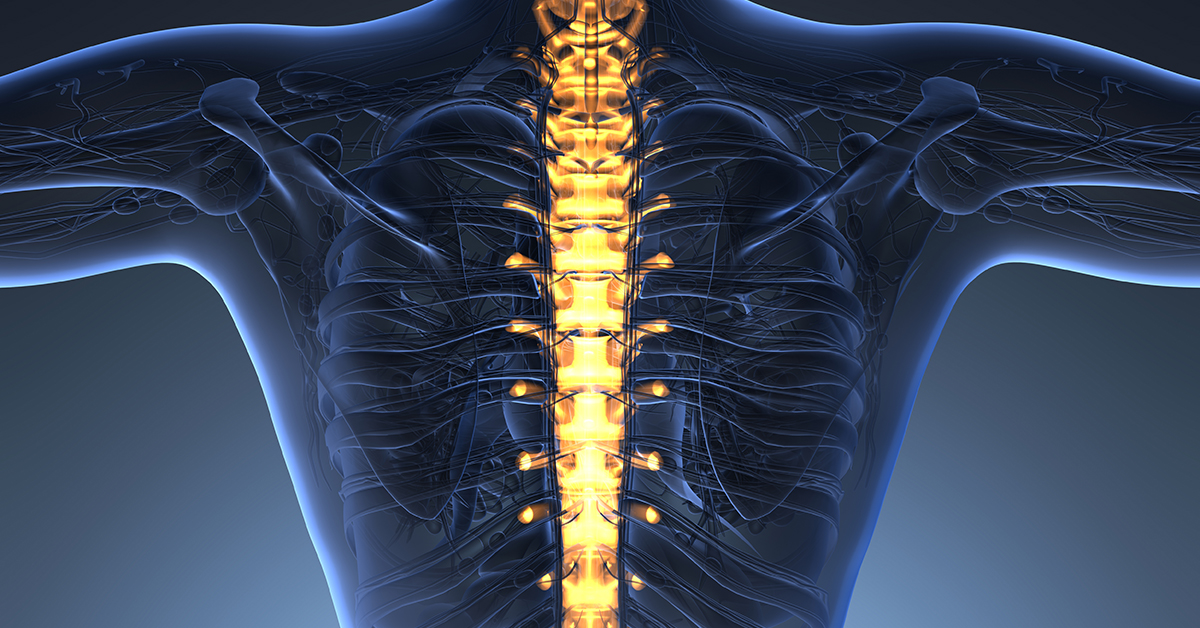
Why is Axial Lumbar Interbody Fusion (AxiaLIF) Performed?
Degenerative disc disease is fairly common as we get older and is often seen between the L4-L5 and L5-S1 segments of the lumbosacral spine. Degeneration can be in the form of narrowing of the space i.e. stenosis, instability and spondylolisthesis.
The problem with degeneration of the spine is that it can cause neurological problems. While open surgical options are available to manage this, there are associated risks with the procedures. In such situations, minimally invasive surgery is preferred and axial lumbar interbody fusion (AxiaLIF) is now the preferred procedure.
The common indications for AxiaLIF include low back pain due to spondylolisthesis, degenerative disc disease, trauma to the spine, instability of the spine following laminectomy and the recurrent herniated discs.
How is AxiaLIF performed?
This minimally invasive surgical procedure is based on the principle that the access to the lumbosacral spine is fairly easy through the loose skin that lies over the sacrum. Consent is obtained and the patient is administered a general anaesthetic agent. The patient is then placed in a face down position and the area over the lower back is cleaned with antiseptic solution and covered in sterile drapes.
A small incision less than 1 cm known as the para-coccygeal incision (just to the side of the coccyx) is made, creating a path for access to the lumbosacral area. As the incision is small, there is no need to dissect any nearby muscles, nerves and tendons.
The procedure
Now that access has been obtained, small tubes are inserted through this incision in order to enlarge the path that leads towards the sacrum. Through this is inserted a drill which is used to create a pathway that leads to the top of the sacrum. The damaged degenerated disc is broken into small bits and is suctioned out through the dilation tube. The space created is then filled with new bone growth material.
Following this an Axial rodTM is inserted into the vertebra in order to lift it in position and re-establish the lost height, alignment and the position of the sacrum. If required, additional screws may be inserted into the spinal pedicles to stabilize the spine further.
Once the procedure has concluded, the wound is stitched and the patient is discharged home after a short period of observation.
After the Procedure
As the area heals, the new bone growth material inserted will help the lower lumbar vertebra fuse to the sacrum. During this time, patients are requested not to lift anything heavy, to avoid bending and to restrict any form of sporting activity for 10 to 12 weeks. This will allow sufficient time for the area to heal.
